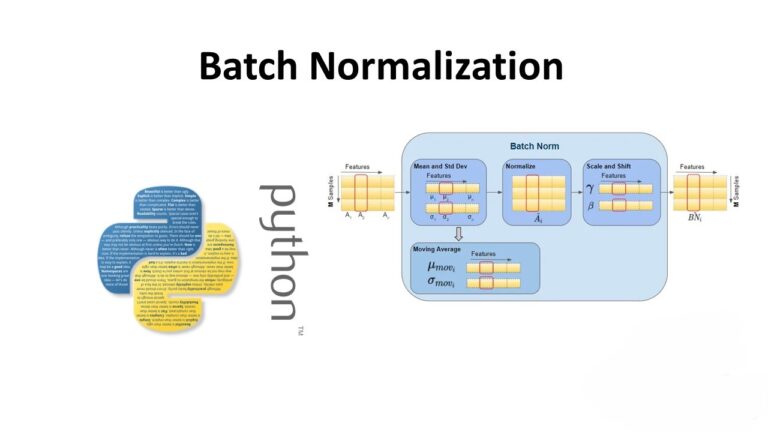Data Preparation for Machine Learning
Data preparation is a crucial step in the machine learning pipeline. It involves cleaning, transforming, and organizing data to make it suitable for machine learning models. Proper data preparation ensures that the models can learn effectively from the data and make accurate predictions.
Why is Data Preparation Important?
Data preparation is essential for several reasons:
- Quality of Data: Machine learning models are only as good as the data they are trained on. By preparing the data properly, you can ensure that the model learns from high-quality, reliable data.
- Model Performance: Well-prepared data can significantly improve the performance of machine learning models. It can lead to more accurate predictions and better insights.
- Efficiency: Properly prepared data can make the training process more efficient. It can reduce the time and resources required to train the model.
- Data Understanding: Data preparation often involves visualizing and exploring the data, which can help you understand the underlying patterns and relationships in the data.
Steps in Data Preparation
Data preparation involves several steps, including:
- Data Cleaning: This involves handling missing values, removing duplicates, and dealing with outliers.
- Feature Engineering: Creating new features or transforming existing features to improve the predictive power of the model.
- Normalization/Standardization: Scaling the features to a similar range to avoid bias in the model.
- Handling Categorical Variables: Encoding categorical variables into numerical values that can be used by the model.
- Splitting the Data: Splitting the data into training and testing sets to evaluate the model’s performance.
Example: Preparing the Automobile Dataset
Let’s walk through an example of preparing the automobile dataset for machine learning. We’ll perform the following steps:
- Load the dataset
- Recode column names
- Treat missing values
- Transform column data types
- Feature engineering
Here is the simple code snippet
import pandas as pd
import numpy as np
# Load the dataset
auto_prices = pd.read_csv('Automobile price data _Raw_.csv')
# Recode column names
auto_prices.columns = [str.replace('-', '_') for str in auto_prices.columns]
# Treat missing values
auto_prices.drop('normalized_losses', axis=1, inplace=True)
cols = ['price', 'bore', 'stroke', 'horsepower', 'peak_rpm']
for column in cols:
auto_prices.loc[auto_prices[column] == '?', column] = np.nan
auto_prices.dropna(axis=0, inplace=True)
# Transform column data types
for column in cols:
auto_prices[column] = pd.to_numeric(auto_prices[column])
# Feature engineering
auto_prices['log_price'] = np.log(auto_prices['price'])Conclusion
Data preparation is a critical step in the machine learning process. It ensures that the data is clean, consistent, and suitable for training machine learning models. By following best practices in data preparation, you can improve the performance and reliability of your machine learning models.
In the next blog post, we will explore model training and evaluation. Stay tuned!







